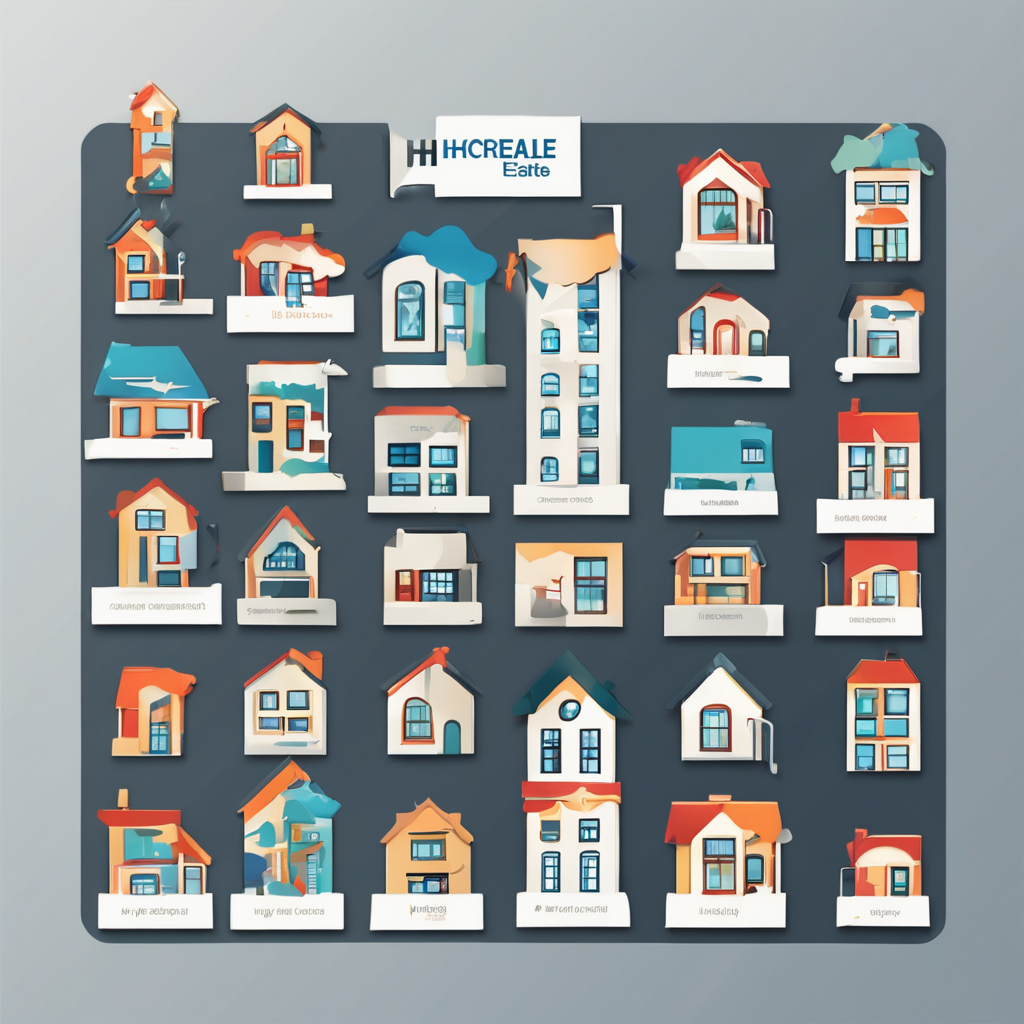Understanding Multi-Generational Living Needs
Multi-generational living has surged in popularity, bringing a range of benefits. Families often find financial savings, enhanced care for elderly members, and stronger family bonds. However, navigating family dynamics is crucial as interaction between diverse age groups can influence housing choices significantly. When planning for such living arrangements, there are several key considerations to keep in mind.
Understanding how different family dynamics affect housing decisions is vital. Grandparents might prefer quieter spaces, while younger family members may need areas for play and study. Striking a balance can be challenging yet rewarding.
In parallel : Ultimate Guide to Building Tiny Homes in Scotland’s Countryside: Your Go-To Regulatory Handbook
Accommodating varied multi-generational living needs involves careful planning. Consideration for privacy and shared spaces can prevent friction. Ensuring that everyone has personal areas while maintaining communal spaces for family time is essential. The choice of housing should reflect these needs, promoting harmony within the household.
Housing solutions must be adaptable to evolving needs. This means considering modifications or renovations that cater to accessibility and comfort. Multi-generational homes, when well-designed, offer flexibility to support varying age groups, contributing to an enriching family experience.
Additional reading : Boost Your Holiday Rental Income: Effective Strategies for South Coast Landlords to Skyrocket Occupancy Rates
Essential Home Modifications for Multi-Generational Living
Designing a home for multi-generational living often requires careful planning and alterations to meet the needs of all family members. Some essential modifications can make a significant difference in the quality of life.
Open-Concept Living Spaces
Transforming spaces into open floor plans offers several advantages, such as creating a more inclusive environment that enables easy interaction. Open-plan designs maximise light and space, fostering a sense of togetherness while allowing flexibility in furnishing. Consider removing non-load-bearing walls for a spacious, personalised layout. Successful renovations often include integrated kitchens and living areas, promoting a communal atmosphere.
Accessible Features
Access is crucial within home design for elderly family members or those with mobility challenges. Key features might include ramps, wide doorways for wheelchairs, and bathroom adaptations such as grab bars. Consult accessibility experts for tailored accommodation solutions.
Creating Separate Living Areas
Distinguishing private spaces is beneficial, offering family members their own retreat. Separate living zones can be established using sliding doors or partitions to provide privacy without isolation. Real-life examples highlight the effectiveness of converting basements or attics. By employing thoughtful strategies, a harmonious balance between shared and private spaces can be achieved.
Legal and Financial Considerations
When venturing into multi-generational living, understanding legal and financial aspects is crucial. Landlord responsibilities encompass maintaining safety standards and ensuring the property complies with local building regulations. This includes adapting homes to meet the needs of all ages, which might involve accessibility improvements or renovations.
Relevant building regulations frequently address safety, access, and the structural integrity of modifications. These rules ensure that properties are safe and habitable for every family member. For landlords, adhering to these standards not only protects residents but also prevents potential legal issues.
Financial guidance is essential, particularly when home modifications are necessary. Fortunately, several financial incentives can offset the costs of renovations. Potential grants are available, provided certain criteria are met, enabling families to make necessary adjustments without undue financial burden.
Navigating these considerations can be complex, but informed planning fosters a compliant and accommodating environment. Landlords equipped with a keen understanding of regulations and financial options are better positioned to create harmonious multi-generational homes that meet diverse needs without sacrificing legal compliance or financial stability.
Resources and Support for Landlords
Navigating landlord resources in multi-generational living contexts can be daunting, but numerous support services exist to ease the journey.
Finding Skilled Professionals
Choosing qualified contractors and specialists is essential for successful renovations. Start by seeking recommendations and reviewing professional portfolios to ensure reliability. Look for skilled individuals who understand multi-generational living needs, focusing on those experienced in relevant renovations. Platforms like Checkatrade and Rated People in the UK can help connect landlords to reputable professionals.
Accessing Financial Assistance
Various government schemes and grants are available to aid with renovation costs. These schemes, like the Disabled Facilities Grant, provide financial support for making necessary home modifications. Proper financial planning is crucial, and educational resources online can assist landlords in understanding their options, allowing them to make informed decisions regarding renovations and financing.
Community Support and Case Studies
Joining networks or community groups is beneficial. Engaging with others who have experience in multi-generational housing solutions offers valuable advice and insights. These groups can provide case studies and share best practices, creating a supportive environment where landlords can thrive and successfully manage their properties.
